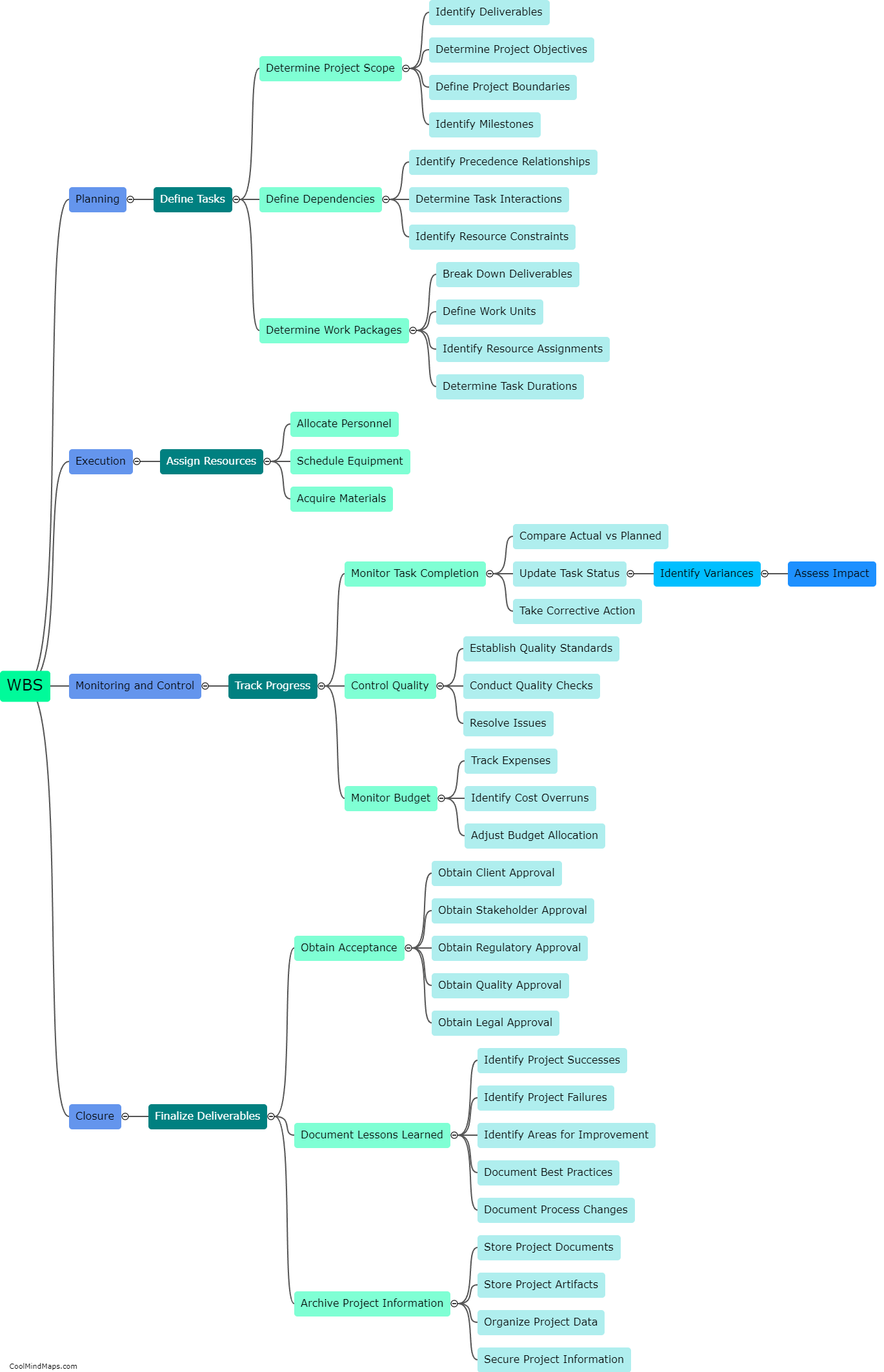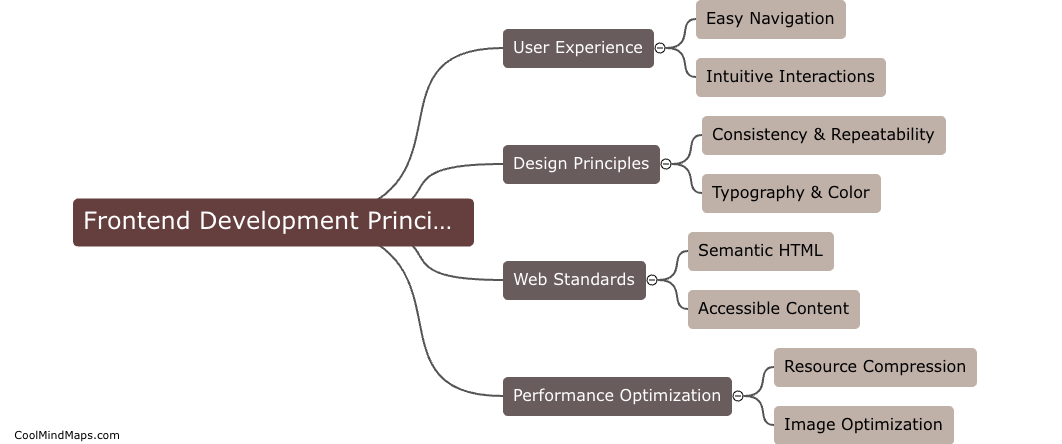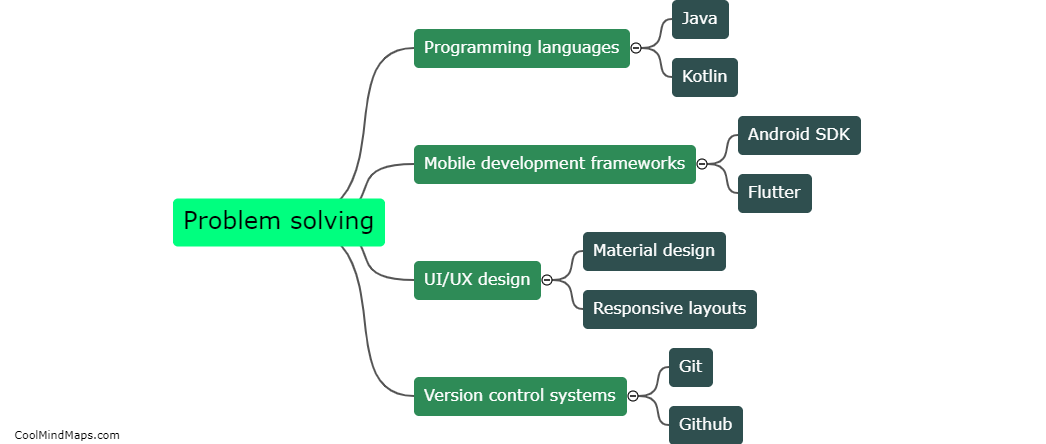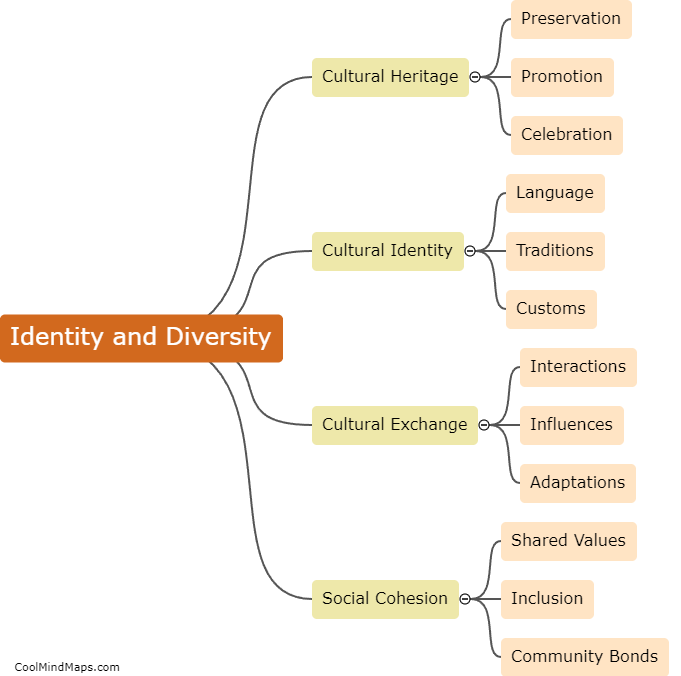How is the German education system structured?
The German education system is known for its highly organized and structured approach. It consists of four main levels: kindergarten, primary school, secondary school, and tertiary education. Kindergarten, or "Kinderkrippe" for younger children, is optional but highly encouraged for children aged 3 to 6. Primary school, or "Grundschule," is mandatory for all children for a duration of four years. Following primary school, students are placed into different secondary school tracks based on their abilities and interests. The three main tracks are Hauptschule, Realschule, and Gymnasium, each catering to different academic and career goals. After completing secondary education, students can choose to pursue vocational training or attend university, also known as tertiary education. The German education system aims to provide equal opportunities for all students and emphasizes practical skills along with academic knowledge.
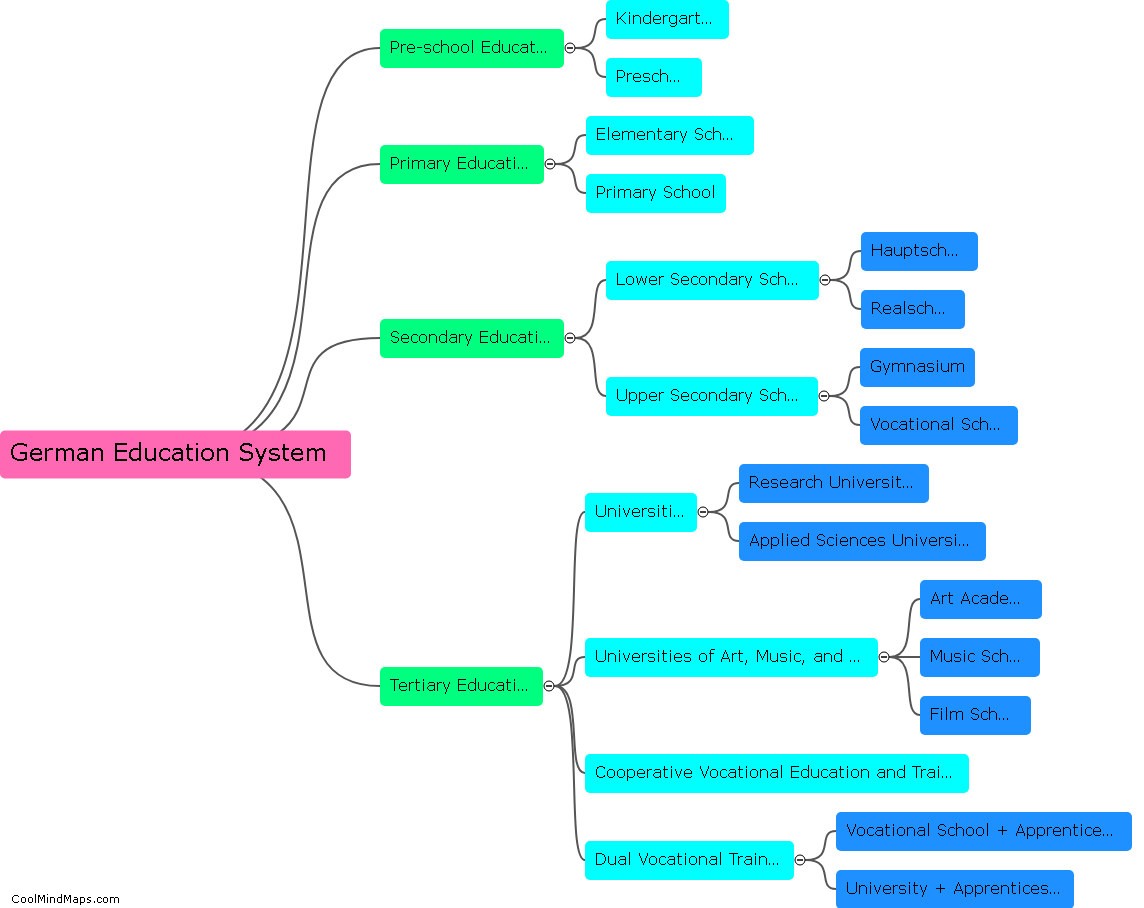
This mind map was published on 14 July 2023 and has been viewed 138 times.
